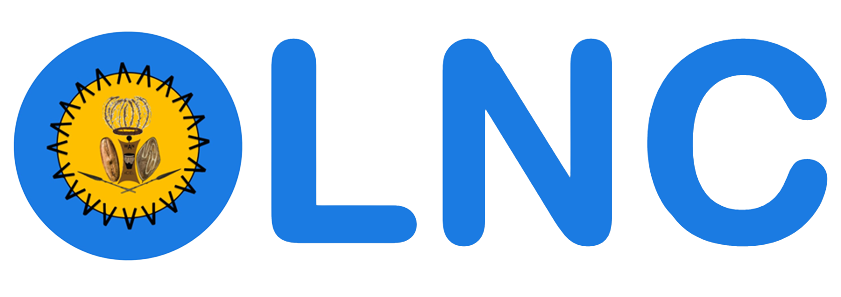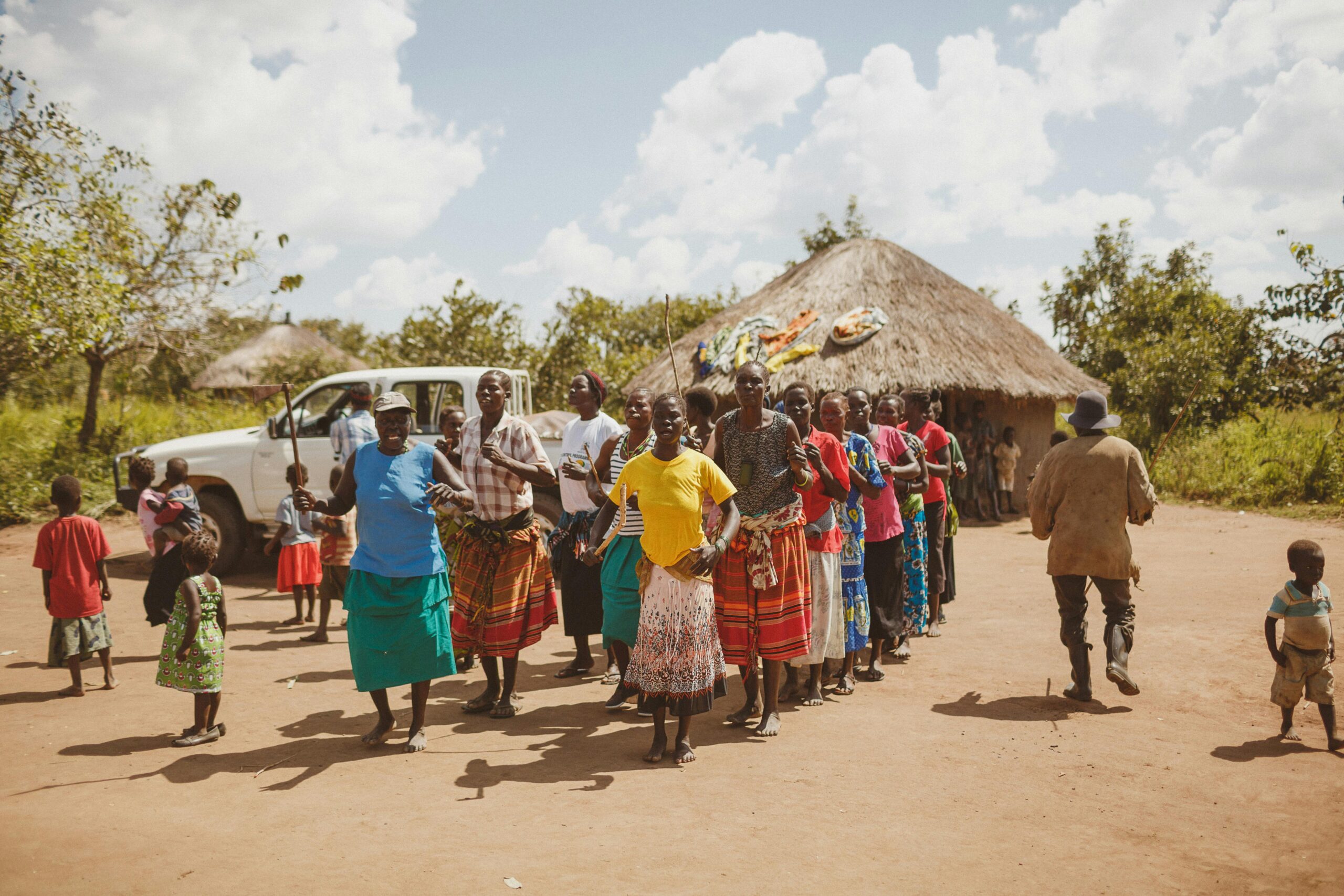The Luo people form a group of ethnicities spread across East Africa, Central Africa, and parts of the Horn of Africa.
They not only share a rich cultural and linguistic heritage, but their histories of migration and settlement are intertwined across the Nile Valley and surrounding areas.
Today, many of these Luo groups are based in South Sudan, Uganda, Kenya, Tanzania, and parts of Ethiopia; some have also migrated into Central Africa, including the Democratic Republic of the Congo.
- Anyuak (South Sudan, Ethiopia)
- Alur (Uganda and DRC)
- Pari (South Sudan)
- Balanda Bor (South Sudan)
- Acholi (Uganda, South Sudan)
- Luo/Lwo (Kenya, Tanzania, South Sudan, Ethiopia)
- Jonaam (Uganda, DRC)
- Shilluk (South Sudan)
- Luo Dimo (South Sudan)
- Jopadhola (Uganda)
1. Anyuak (South Sudan, Ethiopia)
The Anyuak people primarily inhabit the Upper Nile region of South Sudan and the Gambella
region of Ethiopia. Their migration history traces back to a southward movement from the
Nile Valley, eventually settling around the Sobat River. Over time, the Anyuak developed
cultural and linguistic connections with other Nilotic-speaking groups, including the Shilluk
and Luo, fostering a shared heritage.
The Anyuak language, known as Dha Anywaa, and the official language of the Luo National
Congress (LNC), plays a key role in preserving their identity. Closely related to the languages
of the Shilluk and Luo peoples, Dha Anywaa reflects the group’s deep-rooted ties to Nilotic
traditions, including cattle herding and communal living.
Historically, the Anyuak followed a centralized monarchical system, ruled by a divine king
known as the Nyeya. As the supreme leader, the Nyeya wielded both spiritual and political
authority, overseeing governance, justice, and cultural practices. Local administration was
handled by chiefs and village elders, who ensured stability and social order within their
communities. Read More: https://sudantribune.com/article58930/
https://youtu.be/l_xrgze-v_8?si=P_0QCHZIcCijgV5c
2. The Pari (South Sudan)
The Pari people are primarily found in and around the Juba area of South Sudan. Their
historical migration traces back to the Nile Valley, where they moved southward to their
current settlements. Over the centuries, they have engaged in significant cultural exchanges
with neighboring groups such as the Acholi and Shilluk, shaping their traditions and social
structures.
The Pari language, known as Lotuko, is an integral part of their identity, linking them to other
Nilotic-speaking communities. They share deep cultural and social connections with the
Acholi, Luo, and Shilluk, particularly in areas such as pastoralism, clan-based organization, and
rich oral traditions.
Governance among the Pari was decentralized, operating under a clan-based and chiefdom
system. Leadership was primarily held by chiefs from dominant clans, with councils of elders
playing a crucial role in decision-making, conflict resolution, and social governance. These
councils also oversaw matters of war, justice, and community welfare, ensuring stability
within the society.
3. Balanda Bor (South Sudan)
The Balanda Bor people are primarily located in South Sudan, particularly in the Bor area of
Jonglei State. Their migration history links them to the Nile Valley, from where they moved
southward, eventually settling in the Jonglei region. Over time, they established close ties
with other Western Nilotic groups, including the Shilluk and Acholi, influencing their cultural
and social practices.
The Balanda Bor cultural heritage is closely intertwined with the Acholi, Shilluk, and Luo,
sharing common traditions in social organization, pastoralism, and oral storytelling.
Governance within the Balanda Bor community was decentralized, following a chiefdom-
based system. Leadership was primarily in the hands of village elders and clan heads. Unlike
more centralized Nilotic groups, their leadership structure relied on collective governance
and consensus-building, ensuring stability within their communities.
4. Acoli (Uganda, South Sudan)
The Acoli people are primarily located in northern Uganda and southern South Sudan. Their
migration history traces back to the Nile Valley, with origins believed to be in Sudan or
Ethiopia. Over a thousand years ago, they gradually moved to their current settlements,
maintaining strong ties with the Luo-speaking peoples.
The Acoli language is closely related to other Luo languages, including Luo (Kenya and
Tanzania), Langi, and Shilluk, making it part of a larger linguistic and cultural heritage shared
by several Nilotic groups across East Africa. It is important to note that Acoli is taught in
schools in parts of Uganda and South Sudan to ensure younger generations maintain fluency
in their native tongue.
Culturally, the Acoli share traditions with the Shilluk and Langi peoples, particularly in areas
such as clan organization, oral traditions, and warfare strategies.
The Acoli governance system was structured around chiefdoms, following the Rwodi
system. Each chiefdom was ruled by a hereditary leader known as a Rwot, who held authority
over justice, leadership, and war mobilization. The Council of Elders played a crucial advisory
role, assisting the Rwot in dispute resolution, governance, and decision-making.
5. Luo/Lwo (Kenya, Tanzania, South Sudan, Ethiopia)
The Luo people are primarily found in Kenya, Tanzania, Uganda, and South Sudan, with a
significant portion residing around Lake Victoria. Their migration history traces back to a
southward movement from the Nile Valley, eventually settling along the lake’s shores
around the 15th century.
The Luo language, known as Dholuo, belongs to the Western Nilotic subgroup and serves as
a unifying element among Luo-speaking communities. This language connects the Luo to
other Nilotic groups, including the Acholi, Langi, Shilluk, and Anyuak, who share common
linguistic and cultural roots.
Governance among the Luo people was traditionally decentralized, with leadership based on
clan-based systems. Councils of elders and spiritual leaders played a key role in advising on
political, social, and religious matters. The Luo also employed warrior leaders during periods
of conflict, who temporarily assumed leadership roles to guide their communities through
battles.
6. Jonaam (Alur, Jonam people of Uganda, DR Congo)
The Jonaam people are primarily located in the Upper Nile region of South Sudan. They are
believed to have migrated southward from the Nile Valley and settled near the Shilluk and
Anyuak communities in the Upper Nile area, forging strong cultural and linguistic
connections.
The Jonaam language, a member of the Nilotic language family, reflects their shared heritage
with other Nilotic-speaking groups, particularly the Shilluk and Anyuak.
Governance among the Jonaam was historically based on a kingdom system, with the Nyipir
Dynasty at the helm. The Reth, or king, was the central figure in their leadership structure.
This hereditary monarchy combined spiritual, judicial, and political authority, ensuring the
stability and cohesion of their society through centralized governance.
7. Shilluk (South Sudan)
The Shilluk people primarily reside along the White Nile in South Sudan, particularly in the
Malakal area of the Upper Nile region. They are one of the oldest Nilotic groups in the region,
with a migration history tracing back to the Nile Valley, where they settled near the White
Nile centuries ago.
The Shilluk language, a Western Nilotic language, is closely related to Luo and other Nilotic
languages spoken in the region. This linguistic connection highlights the Shilluk’s shared
heritage with neighboring groups such as the Anyuak, Jonaam, and Luo. Their cultural
practices, particularly in terms of social organization and oral traditions, are deeply
intertwined with these groups.
The Shilluk people traditionally followed a monarchical system centered around divine
kingship, with the Reth (King) serving as the supreme leader. The Reth was viewed as the
embodiment of Nyikang, the culture hero of the Shilluk, and held both spiritual and political
authority over the community. The elders and chiefs assisted in local administration, ensuring
the effective governance of the Shilluk people.
8. Luo Dimo (South Sudan)
The Luo Dimo people are primarily located in South Sudan. Their history traces back to Bhar
El-Ghazal Region, where they are believed to be descendants of Dimo, the second brother of
Nyikango. According to these traditions, Dimo and Nyikango had major conflicts over the
royal spears which are symbolic of leadership within the Luo culture. Only the head of the
family, or the chief/king, would carry these spears, and they were passed down to a
designated successor. This custom is still practiced in the communities of Bhar El-Ghazal
today. The rivalry between Dimo and Nyikango eventually led to the migration and separation
of the two brothers, with Nyikango and Gilo heading toward the Upper Nile States in South
Sudan.
The Luo Dimo speak a variety of Luo, a language shared by many Luo-speaking groups across
South Sudan, Uganda, and Kenya.
In terms of governance, the Luo Dimo follow a clan-based leadership system, with councils
of elders playing a pivotal role in managing disputes, guiding leadership transitions, and
overseeing important rituals. During times of conflict, temporary warrior leaders would take
charge to lead their people into battle.

